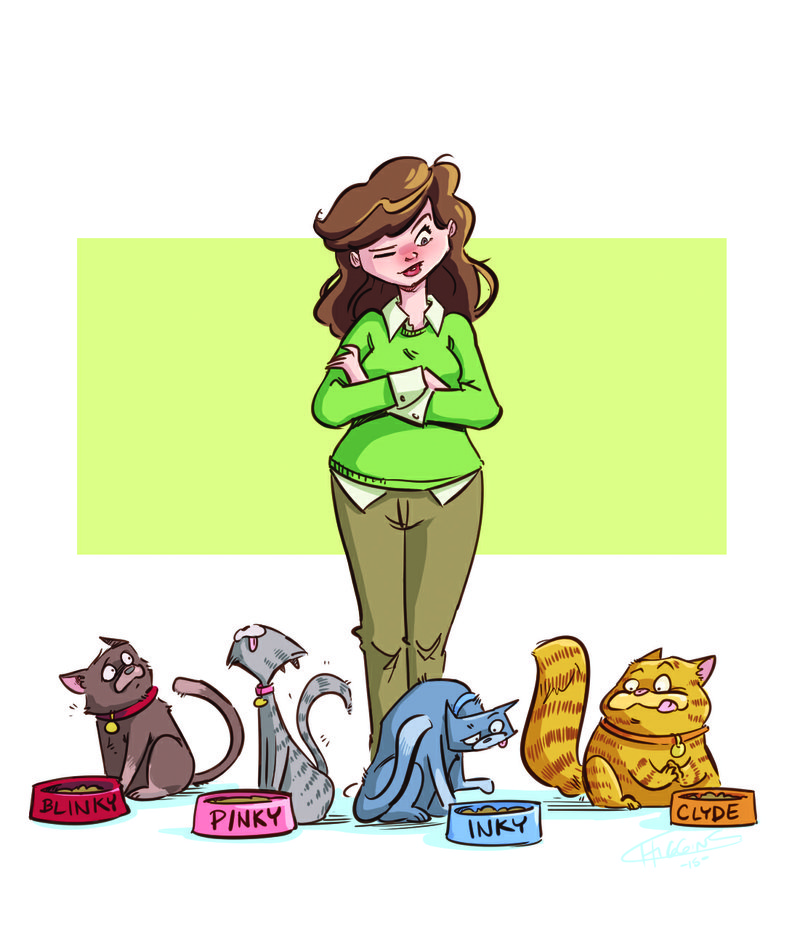I need some advice. I have four cats and two of them need special food for health reasons. One cat has kidney problems. Another one is fat and is on a lower-calorie kind of food. The other two cats are fine and can eat anything. That's the problem. The two cats on regular food want to eat the special food. I don't guess it hurts them, but it is expensive. The cats on special diets would rather eat regular food than their own food. I used to leave food out all the time, but that doesn't work anymore.
Feeding time in a multi-cat household can be a bit of a challenge even when there are no individual dietary concerns, but specialty diets bring in another level of difficulty. Fortunately, though, this isn't an insurmountable problem.
One solution for situations such as yours is separate, scheduled feedings. While it takes more time than putting the food in a bowl and letting the cats work it out among themselves, this strategy or something similar is necessary to ensure the cats with health problems get the nutrition they need.
When one cat needs a prescription diet, he should be fed in one room while the other cats are fed in another, suggests veterinarian Nicholas Dodman in an article in the February issue of Catnip. (In your case, you'll also have to separate the overweight cat from the others, but we'll get to that in a minute.) Dodman, director of the Animal Behavior Clinic at Cummings School of Veterinary Medicine at Tufts University, says if feeding in separate rooms isn't possible, feed the cats in different areas of one room. This will most likely require you to play "food monitor" to keep the cats from getting into each other's dinner.
If your overweight cat is less agile than his thinner housemates, you may be able to deal with him simply by feeding the other cats on a tabletop or another elevated area the fat cat can't reach. Think creatively. The Catnip article describes how one enterprising pet owner came up with the idea of cutting a hole in a box that only her thin cat could squeeze through. She put the thin cat's food in the box and placed her larger cat's food in a bowl outside the box.
In Cat vs. Cat, feline behaviorist Pam Johnson-Bennett suggests several smaller meals per day when dealing with an overweight cat. But if you're feeding the other cats twice a day, that requires more juggling.
Back in the days when I had six cats in the house, life was simple as long as they were able to eat the same food. But as they aged, the situation evolved and I had to come up with new strategies. I ended up feeding a couple of the cats in a room by themselves while the others ate in the kitchen. Even then, I still had to deal with a greedy cat that would push the others out of the way and take their food if I didn't keep an eye on him. I put his food in a bowl across the room from the others and herded him back to that bowl when he strayed. Some days, however, he was so persistent that I resorted to crating him until the other cats finished eating.
Don't be afraid to try different strategies until you find the one that works for your situation. Also, remember that while cats sometimes resist change, they can and will adapt -- especially when there's food involved. Hang in there.
Family on 02/18/2015
